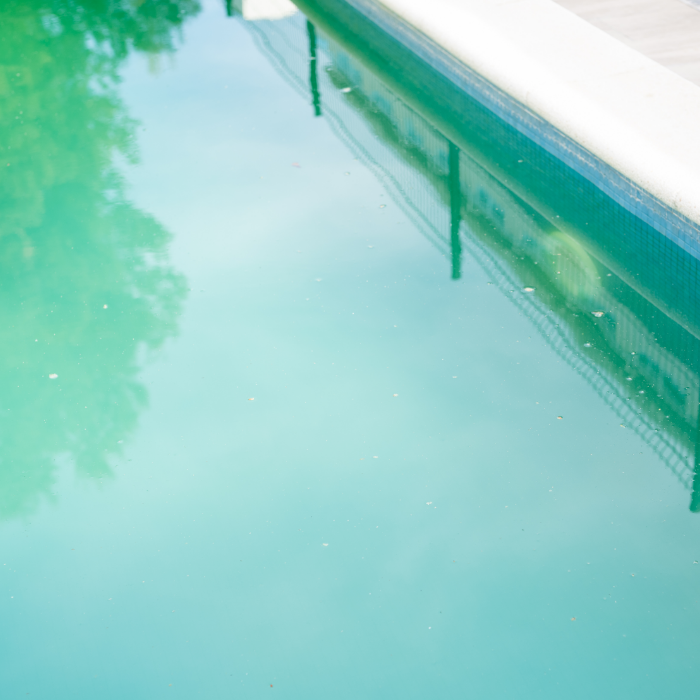There’s nothing like the sight of sparkling, clear pool water to set the stage for a perfect swim. When your water turns cloudy, not only is it uninviting, it can be frustrating to try to figure out what went wrong. But don’t worry—cloudy water doesn’t have to ruin your pool fun! From fine-tuning your filtration system to balancing water chemistry, keeping your pool crystal clear is easier than you think. Here are some of the most common culprits behind cloudy pool water, along with simple, practical solutions to help restore the brilliance to your backyard oasis.
1. Inadequate Filtration or Circulation
A poorly functioning pool filter or restricted water flow (possibly due to a malfunctioning pump, circulation issues or insufficient backwashing) can lead to cloudy water. If your pool has a sand or D.E. filter, backwashing is crucial for maintaining clarity. Inefficient filtration often results in persistently cloudy water. Ideally, the turnover rate — the time it takes for all the water to pass through the filtration system once — should range from 6 to 8 hours. If your turnover rate falls outside this range, you may need to evaluate your system.
2. Water Chemistry Imbalance
An imbalance in water chemistry, mainly when the water leans toward the scaling side, can lead to suspended calcium carbonate particles that make the water appear cloudy. Properly balancing the water chemistry ensures that calcium carbonate dissolves back into the solution, clearing up the cloudiness.
3. Algae Formation
The early stages of algae development can cause cloudiness in pool water before a full bloom. The slippery feel on the pool’s surfaces often confirms this issue. The solution? Shock the pool with 30 ppm of chlorine to eliminate the algae and restore clarity.
4. Heavy Bather Load
An influx of swimmers can introduce a high level of organic contaminants into the pool, resulting in cloudy water. To prevent this, consider applying a shock treatment before events or periods of heavy use. This proactive step raises chlorine levels, helping to maintain water clarity.
5. Aging Water
Over time, pool water can become “tired” as it accumulates dissolved solids. These solids, once invisible, may reach levels that cause them to appear in suspension. For residential pools, water should typically be replaced every 10 to 15 years. Water replacement is recommended every 5 to 7 years for public pools with higher bather loads. While water clarifiers can temporarily improve clarity, they are not a long-term solution.
Safety Reminder
If your water is so cloudy that you cannot see the pool’s main drain — do not enter the water! Clear water is not only aesthetically pleasing, it is also essential for safety. By understanding and addressing these common causes, you can keep your pool water crystal clear, inviting and safe for everyone to enjoy.

